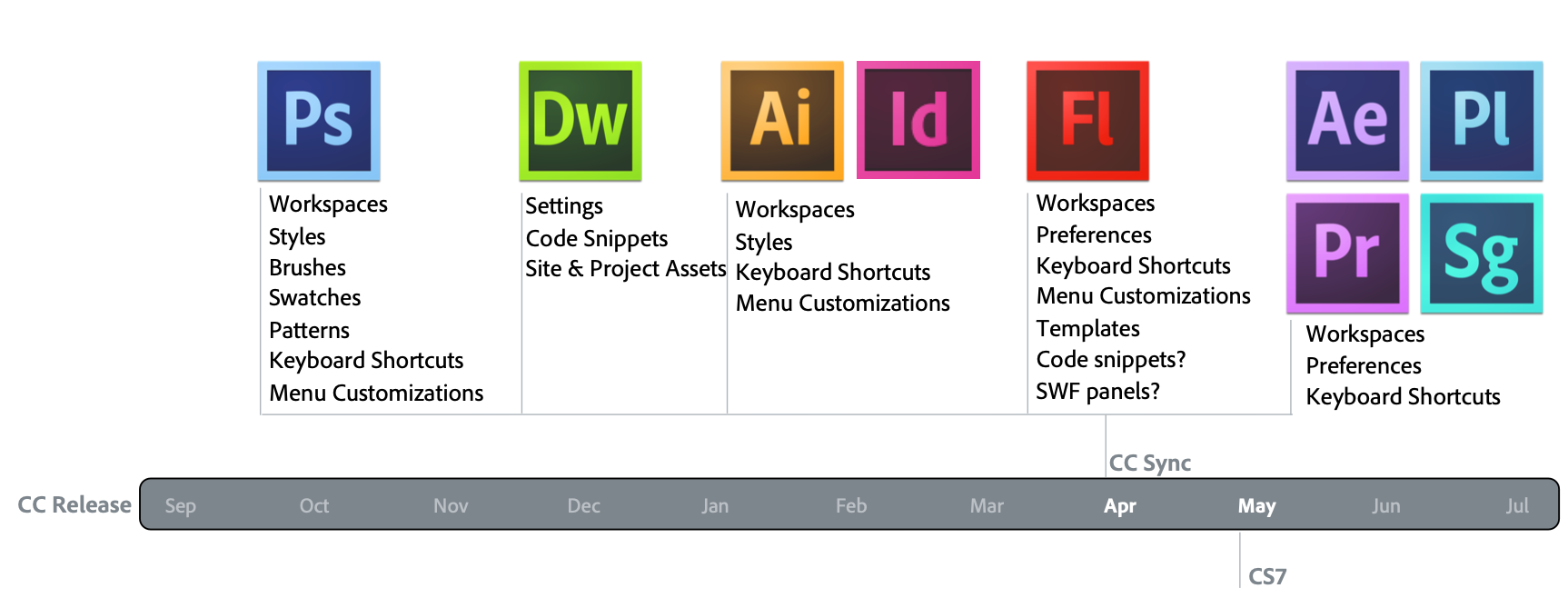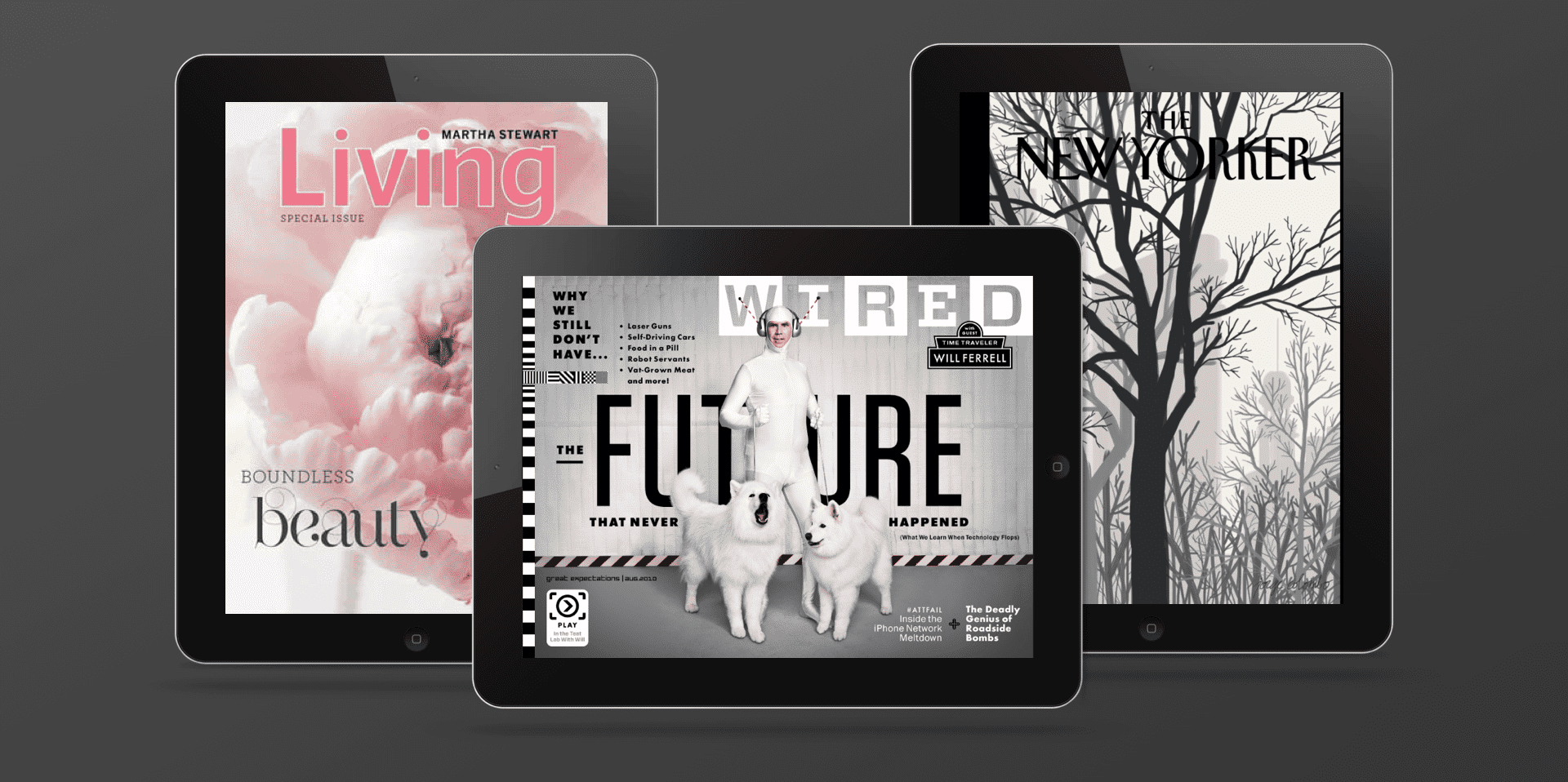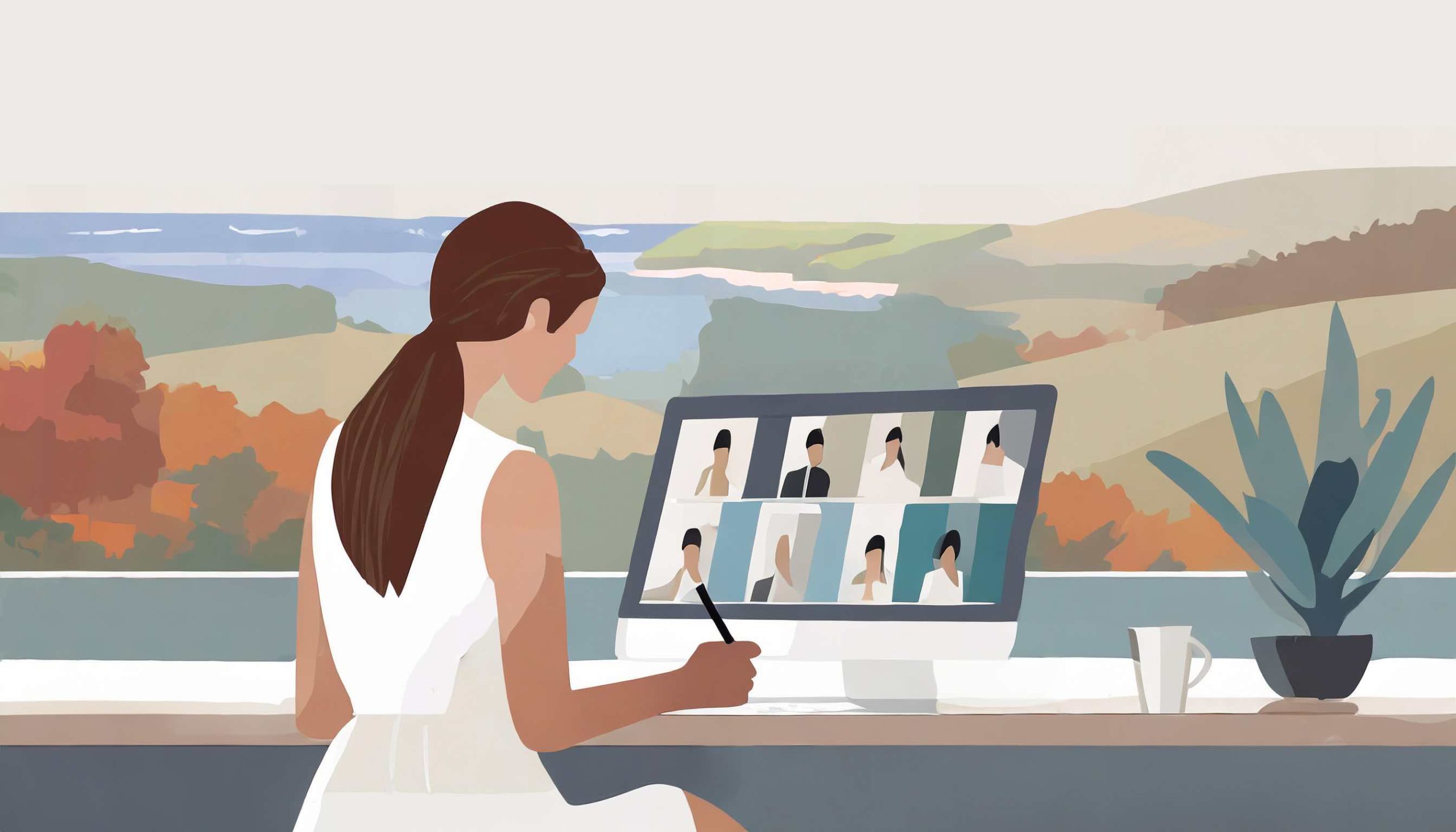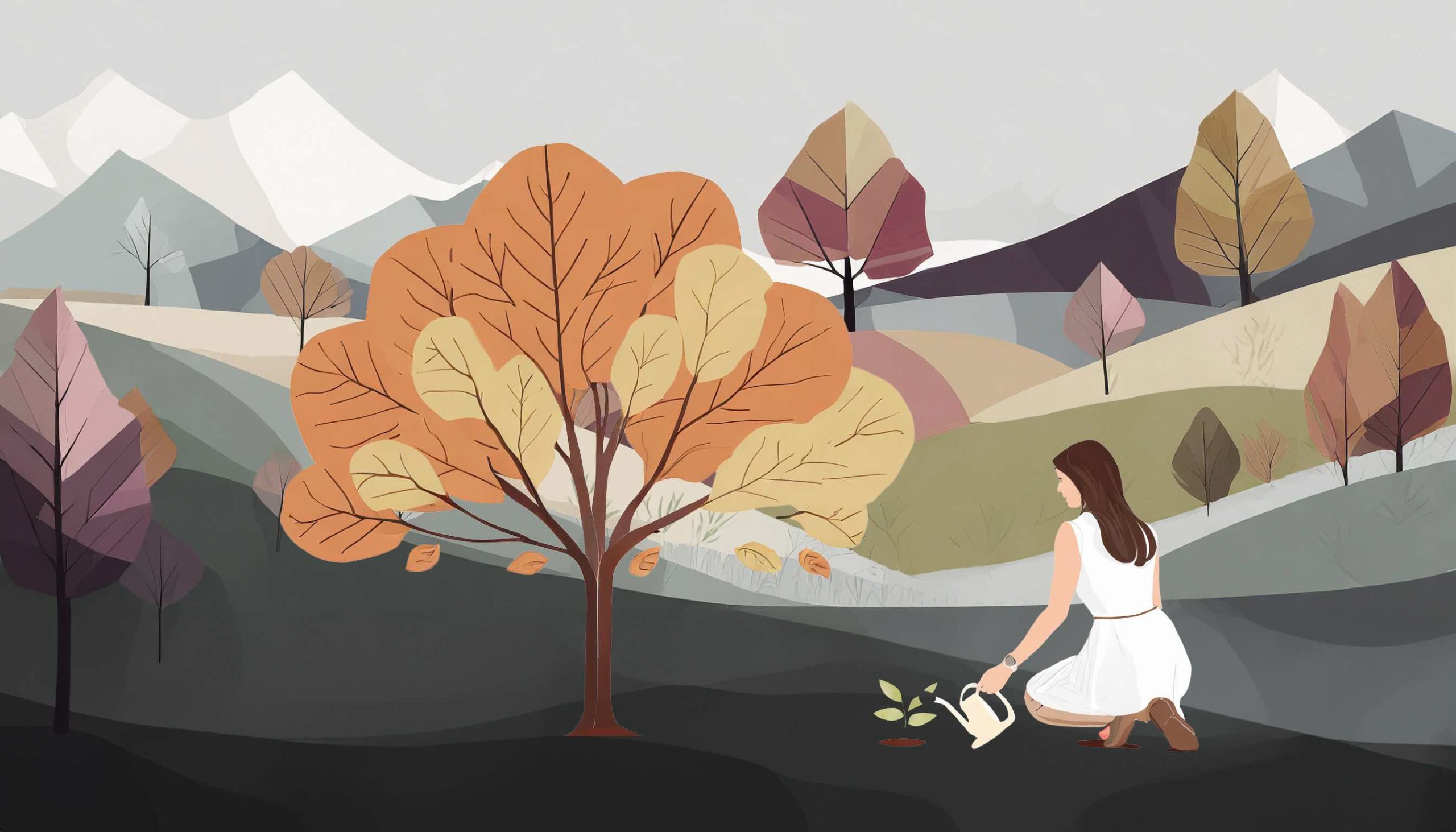Providing user-led innovation and strategic design leadership for more than two decades at some of the world's most creative companies.
I have had the opportunity to contribute to the design of the future through my work at several of the most creative companies in the world. As an experience designer and user researcher, I have been part of teams that conceptualized new offerings, reshaped the business models of Fortune 500 companies, and delivered enhancements to products that people know and depend upon. As a UX Design and DesignOps leader, I motivate multifunctional teams, mentor future leaders, creatively problem solve, remove roadblocks, and gracefully manage business operations to create a productive environment with clear direction. I design design systems, cultures, tools, and processes to ensure our creatives spend more time in moments of flow. At the executive level, I advocate for the needs of design teams, champion for design’s seat at the innovation table, and analyze new business opportunities.
8
Unique Target Markets
9
Design Patents Issued
10
v1.0 Products Launched
23M+
Users Reached
Data Driven Design
Infusing data into the design process is central to my approach, ensuring that the offerings we create align both with user expectations, their preferred way of working, and ultimately lead to successful adoption or conversion. I seek data to inform the process from our earliest conceptual evaluations to live products and services. Data sources range from quantitative and qualitative user studies, large scale voice of the customer programs, and rapid iterative testing to align with sprint cycles. In addition, I seek truth through evaluation of metrics and analytics and frequently engage in tools such as Medallia, Google Analytics, and Tableau to feed insight into our design processes.

Driving Efficient Design Operations (designOps)
As a practical manager with experience establishing and building Design Operations teams, I create the environments in which our creatives thrive by building the processes, tools, and culture necessary for success. With a strategic eye always tuned to the business direction, I translate KPIs into tangible UX projects. These are clearly articulated to team members in a way that builds accountability and allows for ease of meeting design targets. I then establish the monitoring systems necessary to track progress, identify gaps, and gather support to remove roadblocks before they become problems.
I am experienced in managing team budgets, expense tracking, onboarding of vendors, sourcing additional funding, and maintaining relationships with adjacent supportive teams such as finance and legal. As a strategic designOps leader, I bring a sense of calm to the design design and leadership team.
Approaching Design Collaboratively
I believe that product innovation is most successful when it comes as the result of design collaboration across cross-functional teams and is combined with the voice of the user throughout the process. I have seen the value of two approaches for facilitating this collaboration: design-led thinking and design as an equal member of the innovation team alongside product and engineering.
Design-led initiatives infuse creative thinking into the innovation process. As a leader that understands the creative thinking profile of designers, I strive to create the environments that support them in using their strengths to envision the future. I encourage the design team to collaborate with cross-functional teams as quickly and as often as possible, preventing the design silo. The creation of the Adobe Digital Publishing Suite is an example of an effort that began as a design-led client-focused initiative.
Design as an equal seat at the innovation table alongside product and engineering is another highly effective strategy for collaboration. Such structures create a tight-knit relationship between the core disciplines necessary to ship a product. This relationship allows for rapid iteration and quick launch timelines as each of the core disciplines move in lock-step. I have served as the design leader on these strategic trios of design, product, engineering. The most memorable of these projects being as part of the core team that conceptualized Luca, later known as Adobe Spark and part of Adobe Creative Cloud Express.
As a design leader, I believe that both strategies are valuable to the future direction of a company. Ultimately, collaboration across teams is critical to successfully delivering products to market.

Multiple design-led innovation sessions with strategic partners from WIRED magazine.
Delivering Experiences That Matter
Experiences that impact the lives of users come in all shapes and sizes, some feel like huge projects yet are a minor blip on the radar to the user. Others feel like a simple feature enhancement in a legacy product yet to the user, feel life-changing. I believe that we should strive to deliver experiences that matter to the user, to the company, and to the world.
At Adobe, I had the opportunity to collaborate on efforts that dramatically changed industries and therefore mattered to both the company and the user. Adobe Digital Publishing Suite changed the content-rich publishing industry by putting formerly print-only content at the fingertips of readers and bringing that content to life through touch-based interactions impossible on paper. Adobe Creative Cloud Express opened design-quality content production to the non-creative user, changing the lives of small business owners.

Adobe DPS allowed readers to engage with magazine content in ways that were never possible before.
Equally as important, is the minor feature that I lead as one of the benefits of adopting a subscription-based relationship with Adobe through the launch of Creative Cloud. I designed and shepherded a feature to synchronize settings across legacy Adobe creative tools so that designers could work from anywhere and profit from their customizations. The level of effort was momentous to align design style, timelines, and functional behavior across siloed product teams all working on their own release schedules. Collaborating with executive leadership to paint a vision and motivate these disconnected teams was critical. In the end, our users remarked at how this feature completely changed their work experience, built confidence in their Adobe tools, and raised awareness of the benefits of cloud-based relationships.
A demonstration of Sync Settings, introducing legacy product users to the power of Creative Cloud
Elevating Design With Clear Communication
The great ideas of creative teams and innovative product concepts require the support of executive leadership to become prioritized products. With a background in declarative language and clear yet concise communication style, I effectively advocate for the work of design teams across organizations and at the executive level.
I use my own design skills to design information visualizations that allow stakeholders to quickly grasp the information needed to make decisions while highlighting the contributions of the design team. As a conference speaker and professor, I have honed my presentation delivery skills allowing for effective communication and collaboration across contexts, including at the board room table.

A visualization for the executive team illustrating cross-product plans and progress.
Exploring Uncharted Territory
While close collaboration with engineering and product is critical for shipping products, providing designers with the space and creative freedom to explore new territory is important for infusing new ideas into the product pipeline. Creative design teams are filled with naturally divergent thinkers, idea generators, and curious individuals that thrive when given the opportunity to express themselves. As a design leader, I strive to create an environment that allows creatives to bring out their best.
One strategy for providing designers with the opportunity to refuel their creative energy is through the exploration of uncharted territory. These come in the form of design challenges, off-site immersions, and short project sprints. As a designer, I have felt the benefit that such breaks for exploring something new bring. I have also witnessed how ideas generated in these moments of freedom can become valuable future products for the company.
I encourage design organizations to provide creative teams with opportunities to explore something new, to offer out-of-the-box thinking to legacy systems, and to feel the energy created by moments of creative freedom.

A moment of creative freedom to explore how video content could be surfaced in a collaborative manner. (Netflix won!)
Fostering Innovative Teams
Teams function best when there is a sense of true appreciation for each individual, support for areas of challenge, and a sense of purpose towards a shared mission. I believe that design leaders must intentionally foster the environments that allow innovative teams to thrive.
As a design leader, I foster innovative environments by translating the strategic initiatives of the company into measurable goals for the team. I focus on the quality of the relationships in the team, building environments of trust and safety by embracing each individual for their strengths and supporting their areas of growth. I create environments where creative thinking is appreciated and ideas are shared without hesitation. I also believe in the value of mentorships and encourage team members to seek out these opportunities for growth.

A team offsite organized to provide opportunities to connect and express creative thinking.
CASE STUDY | WIRED
Project: Modernize the magazine publishing industry through digital technology to create interactive content and embrace a soon to be released tablet device.

Role: Lead Producer/Design Ops (Team & Program Management), Client Relationship Management, Business Operations
Process: The project began as a design-led effort in which the Adobe XD Customer Engagements team partnered with WIRED magazine to explore opportunities for innovation in the magazine publishing industry. The following were key elements in the process.
- Developing a deep understanding of the existing publishing content creation experience, workflows, and processes
- Re-imagining planned content as opportunities for interactive experiences
- Creation and management of a multidisciplinary in-house team of designers, content creators, engineers, and testers to manually build the digital magazine
- Training of publisher's production teams on methods for creating digital content
- Building internal stakeholder buy-in to prioritize the project
- Collaboration with Adobe product and engineering teams to implement the offering
- Transition of product to a newly formed Digital Publishing business unit.
Results: WIRED magazine released on the iPad at the launch of the device. Martha Stewart debuted on the iPad at Adobe Max. Adobe created a new business unit dedicated to digital publishing and released the Digital Publishing Suite, equipping existing publishers with the tools necessary to add interactive content to their delivery model.
Detailed case study available upon request.
Selected Works


